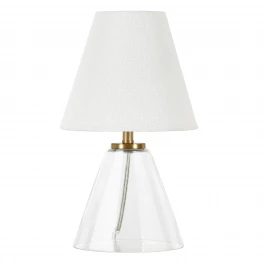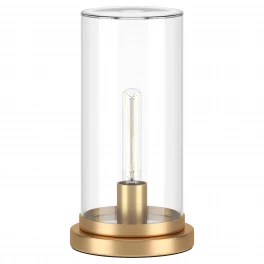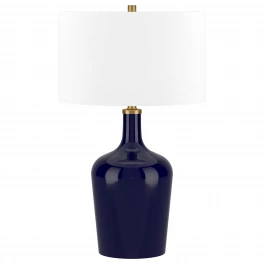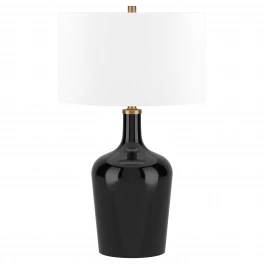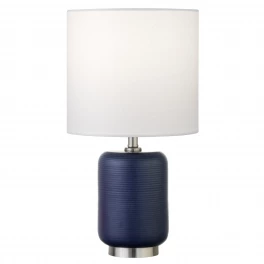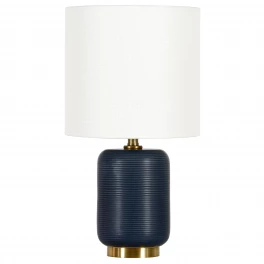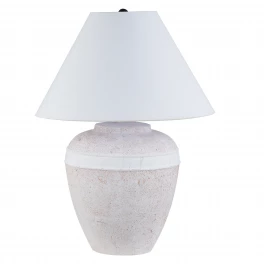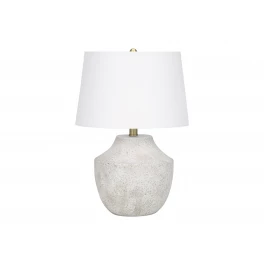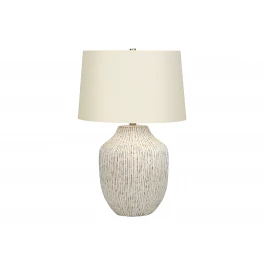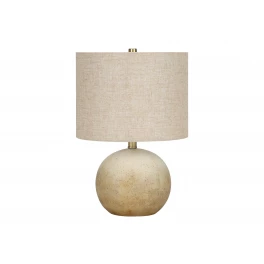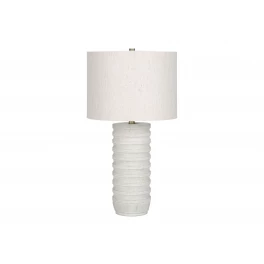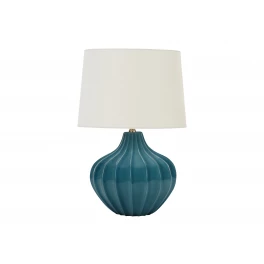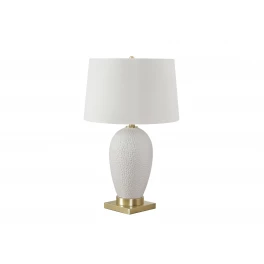
Photo by Ariel Celeste Photography on Shutterstock
That 3500 square foot home was great for 30 years, but now you have decided to downsize and move into a 900 square foot two-bedroom downtown apartment in rural and affordable Springfield, Missouri. It’s exciting to know that you are soon going to be a genuine urban dweller, and that you’ll be close to all of the shops and museums that you previously had to travel long distances to enjoy. The only problem is that even though you have done a good job of culling your possessions, you are worried that your new space may just seem claustrophobic. Don’t fret as we’re here to help you make the small and confined feel large and open. The first step is to consider the following six downsizing hacks that will make your space look bigger without sacrificing the coziness of a more compact space.

Photo by hanohiki on Shutterstock
Paint the Walls White (or Light)
This is simple but important advice. A bright white wall will reflect light while a darker beige or even gray-tinged white colored wall will suggest a closed-in dungeon-like feel. Now if you feel white is too boring or perhaps too basic, lighter colors in general can help open up a room and make it feel bigger than it truly is. Be sure to buy quality paint, and if you’re sloppy, hire a professional for the job.

Photo by BonNontawat on Shutterstock
Paint the Ceilings Dark
What? Yes, this counter-intuitive move can make your small rooms look immensely taller as painting with a dark blue or deep red will give the illusion of very high ceilings. Try it, and you won’t be disappointed with the result. If you are, it’s only paint, and the job can easily be redone. Not to mention, if you do opt for all white walls, this will be a fantastic way to introduce contrast and make the room feel less sterile or blasé.

Photo by foamfoto on Shutterstock
Mirror, Mirror on the Wall
Everyone has gone to a fancy restaurant where the room looked like it was infinitely huge. Usually, the trick the restaurant is playing is hiding in plain sight in the form of long mirrors strategically placed throughout the space. This effect can be duplicated in your apartment by using floor-to-ceiling mirrors. Do this right and your smaller apartment will look instantly bigger. Just be careful not to scare yourself in the middle of the night when you’re taking that groggy walk to the bathroom and catch your disheveled reflection.

Photo by Maria Markevich on Shutterstock
Respect the Light
Dark equals cramped, and light will give the illusion of openness. Therefore, never block any natural light sources. Ensure that windows are free of heavy furniture that can block the sun and install window treatments that can be fully opened. If you’re in an area where open shades means a sacrifice to privacy, perhaps it’d be better to having nothing to hide or to get a sheer curtains. Sheer curtains will allow light in, but will obscure the view from outside, ensuring you bring natural light in while keeping the peepers at bay.
Next, it would be wise to consider switching to LED lighting interfaced with a smart app. LEDs are cheaper to operate, need to be replaced less often, and they can be controlled with a smart app that will offer different hues, shades and intensities. That variety opens up a lot of lighting options that can be preset for different times of the day based on your natural light saturation.

Photo by Lipik Stock Media on Shutterstock
Move It Away from the Wall
In your new apartment you will have the tendency to want to push everything tightly against the walls to save space in the center of the room. This is a good thought, but many apartment dwellers think about this, and then decide to move desks, dressers, and couches a mere three inches away from walls. This can give another illusion of space as the light flows freely and travels behind those heavy furniture pieces.
Additionally, you could opt for a layout where you create sections by using furniture to set boundaries, while keeping the walls generally open for art or other decorative touches. While this approach would require greater thought to ensure you don’t make the space feel cluttered, by utilizing furniture to section off spaces, you can create a more organized flow to your space. A good and common example of this practice would be to use a table or couch to distinguish between an open kitchen space and the living room.

Photo by Photographee.eu on Shutterstock
Vertical Garden
Finally, consider a vertical garden as a way to introduce green space into your apartment without needlessly giving your place a claustrophobic feel. Items like vertical succulent planters and fabric shoe-tree garden installations are excellent ways to utilize wall space to introduce a green outdoorsy feel without infringing upon much needed apartment living space. Also, the non-uniform nature of plants will help break up the aesthetic and give the eye a wider variety of textures to take in as you navigate around your space.
Not to mention, live plants can give off a fresh or natural smell that adds to the overall ambiance and experience of the room. Just make sure to keep them alive.
Downsizing can be daunting, especially if you are moving from a 30-year residence. But downsizing can also be rewarding and comforting by only bringing the things you need into your home and life. With a big house, comes higher costs associated with maintaining all that space.
Sure, you might not be able to entertain as many guests in a downsized space, but the lesson here is quality over quantity, and that you don’t need to feel cramped in a smaller space. By using the techniques above you can make your new but smaller space seem a lot bigger and more open. So don’t feel anxious, feel excited at the opportunity you have to reevaluate what matters and to maximize your overall sense of comfort and coziness.




